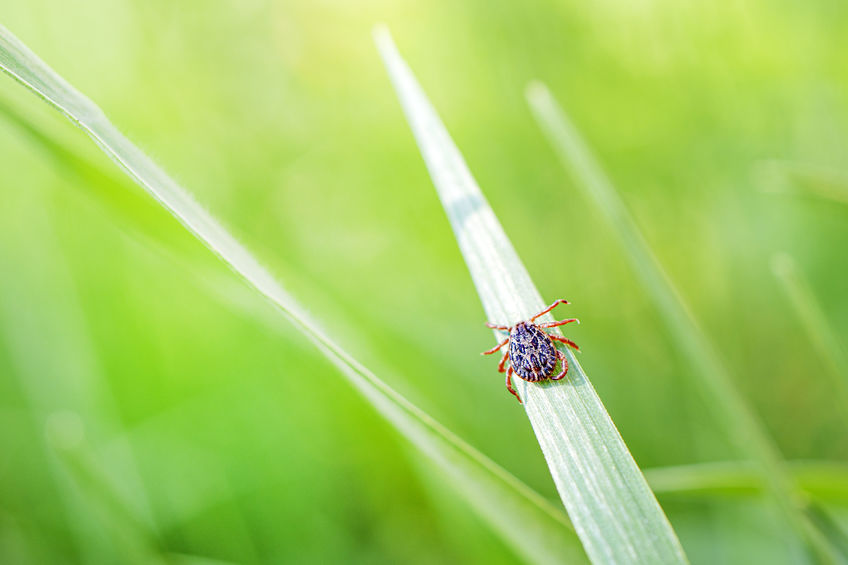
Climate change is altering ecosystems, and one of its surprising effects is the growing tick population and their expanding range. As temperatures rise and seasons shift, ticks are thriving in places they weren’t before, and the dangers they pose are becoming more widespread. Understanding how climate change impacts tick activity can help you stay protected as the risk increases.
How Climate Change Impacts Tick Populations
Extended Tick Season
Cold winters used to keep tick populations in check by killing off large numbers of ticks. However, with climate change leading to milder winters, more ticks are surviving the cold months. This allows them to emerge in greater numbers during the warmer months. The combination of milder winters and longer periods of activity significantly increases the chances of encountering ticks year-round.
Increased Geographic Spread
As temperatures rise, ticks are moving into new regions, particularly northern areas that were once too cold for them to survive. This geographic expansion means that people in areas previously thought to be low risk for ticks may now be dealing with tick-borne illnesses for the first time.
New Threats From Emerging Tick Species
Introduction of New Tick Species
Warmer climates are making it easier for new tick species to thrive in places where they were once absent. For example, species like the Lone Star tick are expanding their range, bringing new risks. The Lone Star tick is known for causing meat allergies in some individuals and spreading diseases like ehrlichiosis.
New Diseases
As new tick species emerge in different regions, so do the diseases they carry. Areas that once only dealt with Lyme disease may now see the spread of other tick-borne illnesses, such as Rocky Mountain spotted fever or anaplasmosis. This poses a greater challenge for public health as people must become aware of new threats in their region.
Adapting Your Tick Prevention Strategy
Year-Round Protection
Given the longer tick season, it’s important to maintain tick prevention measures throughout the year. Wear protective clothing, apply tick repellents, and ensure your pets are regularly treated with tick preventatives, regardless of season.
Expanded Yard Maintenance
To reduce the tick population in your yard, regularly mow your lawn, trim back overgrown shrubs, and remove leaf litter. Maintaining a tidy yard can help minimize areas where ticks might thrive.
To safeguard against the increasing risk of ticks brought on by climate change, the Original Tick Key™ offers quick and effective removal. It is the only tick removal device on the planet that uses natural forward leverage to remove the entire tick – head and all – quickly and safely without touching or squishing even the toughest engorged ticks. Whether dealing with ticks in new regions or facing longer tick seasons, the Original Tick Key™ is an essential tool.
Find a retailer near you today!

Recent Comments